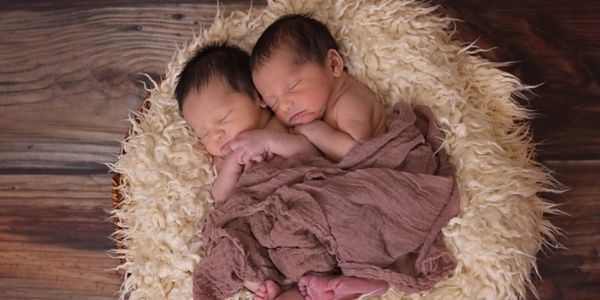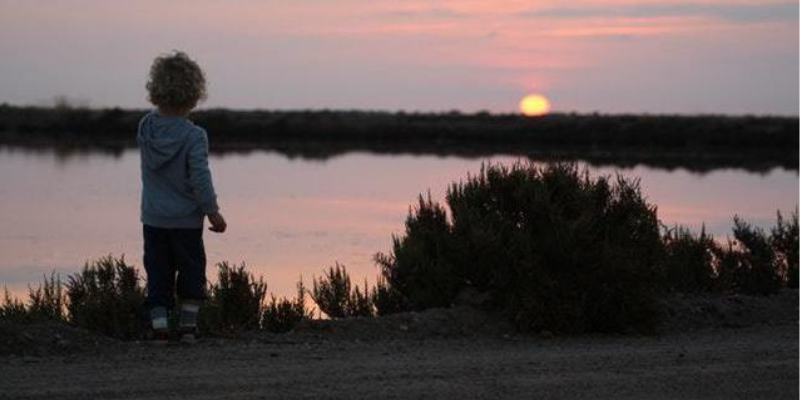

The term ‘wild child’ is often batted around parenting circles, however, more often than not, it is used in a negative context to describe a child who likes to break boundaries and step outside of societies box of acceptable behaviours. On searching the definition for a wild child, the answer given is:
“A Wild child is a young person who is considered high spirited and fearlessly reckless, likely to act spontaneously”
Yet more words that are often taken in a negative context. ‘High spirited’ children are often perceived as difficult simply because they don’t fit societies expected behaviours. But what if society stopped seeing these traits as a negative? What if they were braced as the positive traits that they are?
As a mother of two wonderfully confident, free spirited and curious girls, I am often asked how I manage. The truth is we don’t ‘manage’ we embrace every bit of our wild child girls, in fact we encourage it! This negative association needs to be left in the past where it belongs. Parents should instead embrace and encourage the ‘wild’ aspects of their child’s personalities and here is why!
A Wild Child Is A Confident Child
One of the main traits of a wild child is that they are ‘high spirited’ and ‘reckless’. They don’t act within social norms and are often seen as over excitable and confident. For years society has been raising children to be subservient, especially girls. However, as parents become more aware and conscious of their own actions, our children too are reflecting this change.
No longer are they subservient members of the family, dominated by their elders. They are beings in their own right, with their own emotions and personalities. You only have to take one look at our girls to know they have confidence by the bucket load. They know their own mind and they know they are free to express it. They aren’t dominated or supressed in their emotional displays. They are heard at all times.
Throughout our wonderful community, time and time again, I see hundreds of examples of this type of conscious parenting embracing the wild in their child. Beautiful images of confident, free and emotional young children fill our social media on a daily basis. There truly is nothing better than seeing that wild spark in their eyes and seeing them so confident in themselves.
This of course not only applies to emotions, but also to their development. Because we encourage our girls to assess their own risks, to be confident and be true to themselves, they are confident in the world around them. Children are fantastic at risk assessment provided they are given the opportunities to do so.
Aria thinks nothing of climbing trees, exploring new areas and acting on her impulses. Both of the girls confidently explore their surroundings, knowing that if they need our assistance we are right there behind them. We are there to support their growth not to dominate it and force them down a path expected of them by society. We give them the freedom to grow and their confidence soars along with it.
A Wild Child Is A Balanced Child
Children that express their emotions are often deemed as ‘wild’. Sadly, the rather archaic philosophy of children being seen and not heard still haunts western parenting. Parents are made to feel ashamed when their children express emotion in a way that is deemed unacceptable or disruptive to other people. How often have you been in a shop, your child has reached their limit and so let you know in the only way they know how, more often than not by screaming and you get glared at from across the isle? We have been there so many times, but do we punish the girls for displaying their emotions? OF COURSE NOT!
Expressing emotion is healthy and essential to mental well-being. So many adults have hardship expressing emotion and suffer because of it. Yet, if they were taught to embrace their emotions as a child instead of hiding and supressing them, would they be a more balanced adult? I truly believe so.
By allowing our girls to fully express themselves in whatever way they know how, they not only learn how to identify each emotion but also that every emotion is valid. No matter the circumstance, every emotion is validated, heard and support is given.
For example, if Aria wants a toy that Ryver has, she is perfectly entitled to feel frustrated that she can’t have it until Ryver is finished with it. Instead of criticising her for simply acting on a desire, we instead acknowledge her frustration, act with compassion and help her through it. Yes the displays of frustration can be a screaming toddler on the floor or result in toys being launched across the room, but this is something we can work on and help her process in a less destructive way.
By parenting in this way, you not only embrace all of the qualities of your child, but you will also be raising a more balanced and emotionally in-tune child.
A Wild Child Is A Free Child
Freedom is, perhaps, one of the best and most crucial aspects of raising a wild child. It is this freedom that gives them the confidence and expressive nature characteristic to wild children. The freedom to be their own person. The freedom to explore their surroundings in their own unique way. The freedom to express emotion regardless of outside opinions.
Without this freedom, our children are simply following paths laid down for them by others. Of course they will still develop their own personalities, likes and dislikes, but would they be as confident in themselves, as balanced or aware of their emotions? Probably not.
As parents it can be hard to watch our tiny babies grow from constantly being at our side to taking their first steps of adventure. Instinctively we want to protect them from all potential harm. However, if we learn to just take a step back, to trust in their own abilities, we can soon learn that they will flourish and develop skills we never thought possible at their age.
It is time to let go of all of the expectations placed upon children from society. Time to stop herding them like sheep and instead encourage them to discover their own paths, dreams and ambitions. It’s time we raised free thinking wolves, not sheep.
Once a term is given a negative connotation, it is often hard to embrace this within society without ridicule. Raising a wild child is definitely one to place in this category. So many parents are afraid of the criticism they will receive if they just let their child take the lead and allow them to be free.
Too long our society has been pressuring parents into supressing their children, criticising any attempt at raising free thinkers. It is time that we shed the stigma behind the wild child and embrace it for the true wonder that it is. A wild child is not a problem to be solved or a power to be limited. A wild child is a confident, self-assured child free to make their own decisions, mistakes and free to express their emotions. There truly is nothing more beautiful that a child who is truly free.
If you do face criticism, know that you are taking the best action for you and your family. You are allowing all of these wonderful things into your child’s life. Please know that you are not alone, there are hundreds, thousands of parents following their own unique path embracing the wild in their child. We are all here to support and inspire each other, and through the miracle of technology, we are able to do this from wherever we are in the world!
We absolutely love raising our girls in this way and the gift of seeing them develop into strong willed, confident and expressive young ladies is one we could never replace.
Are you raising a wild child? Share your stories below or in our amazing forum! Don’t forget to follow our adventures on Instagram & Facebook!
Written by Amy Kingston.


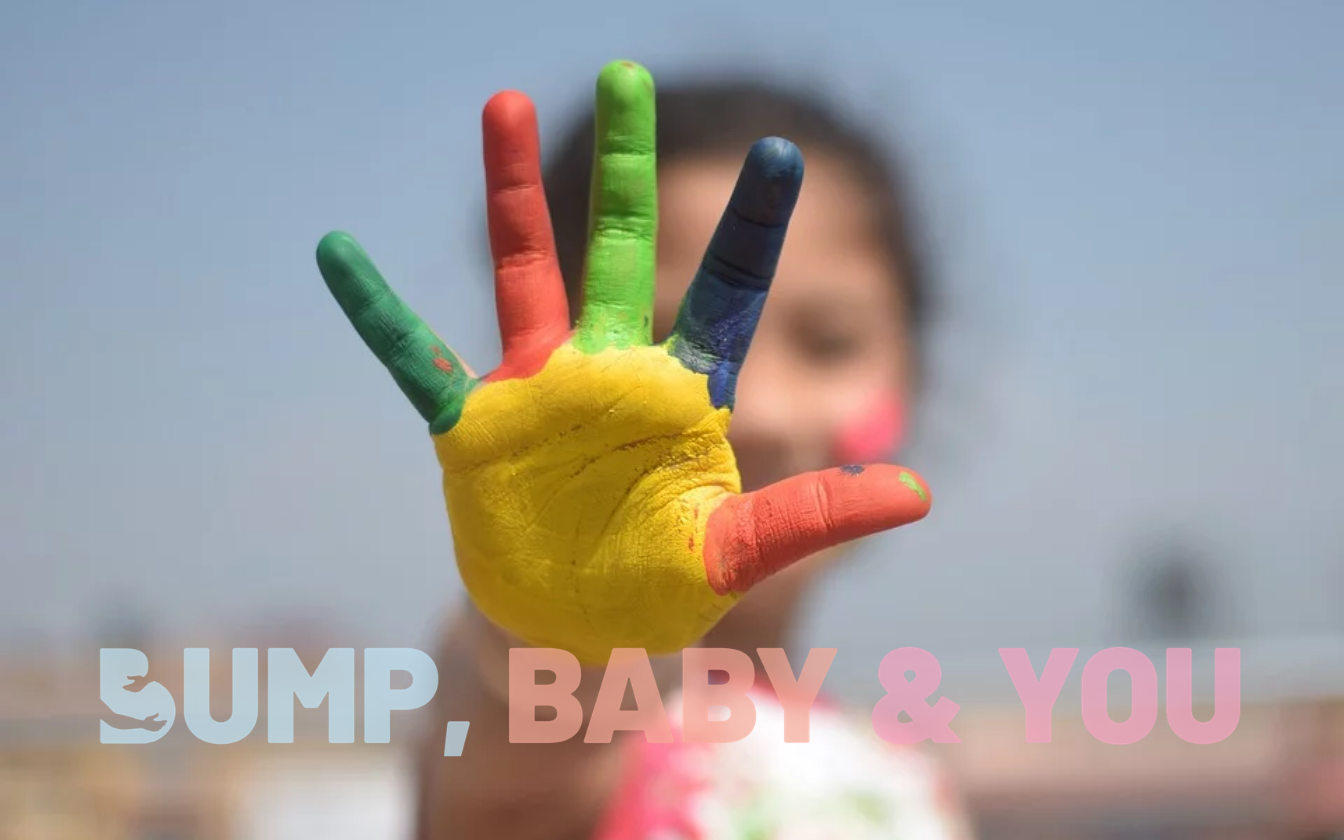
.png)
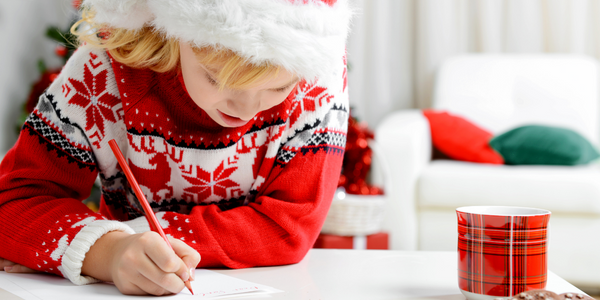
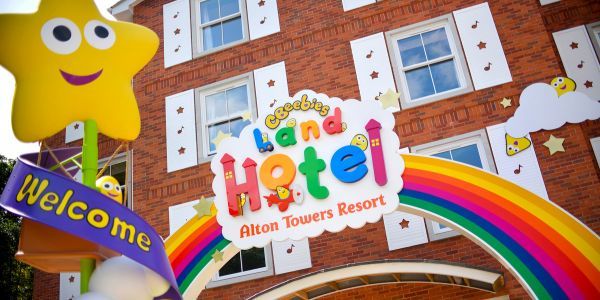
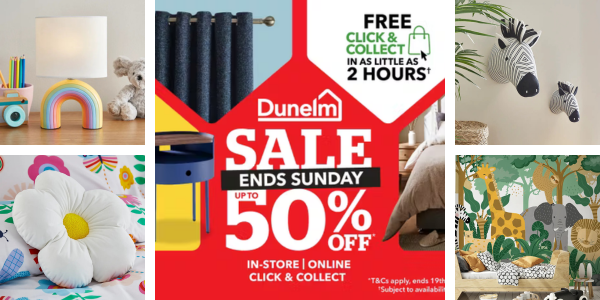
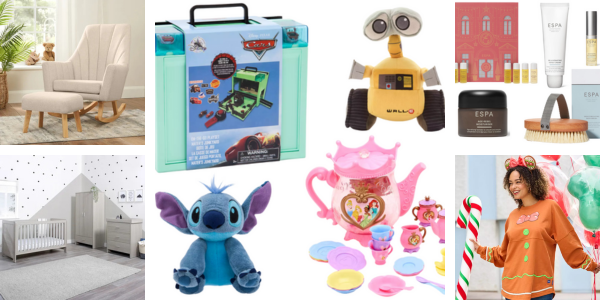
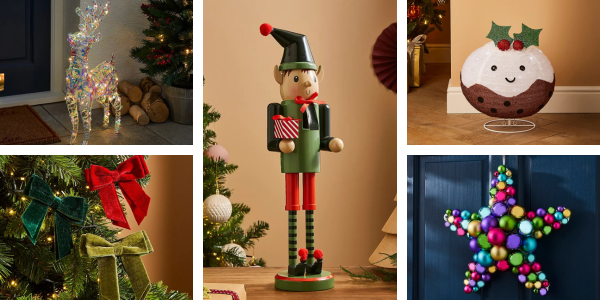

.jpg)
